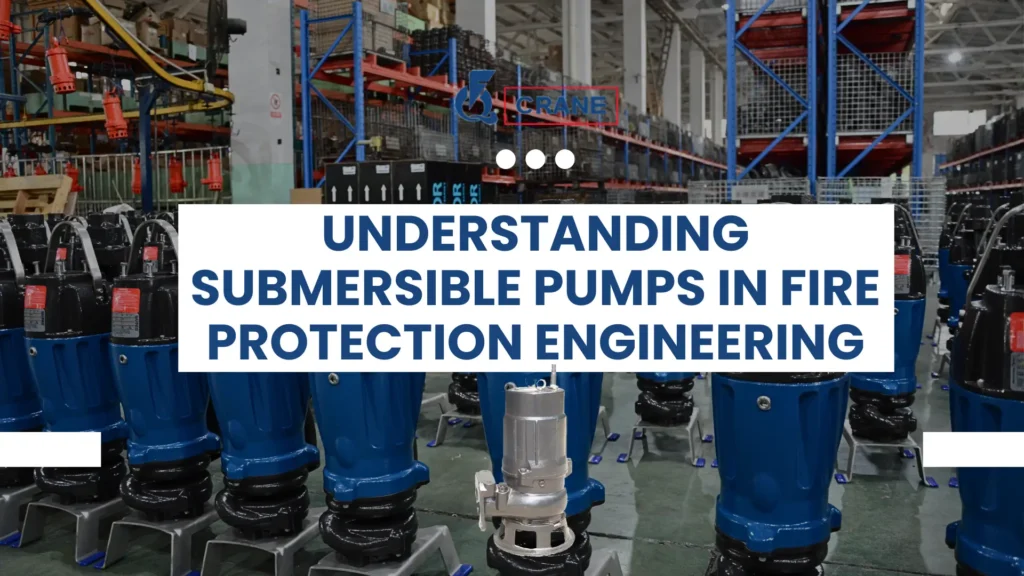Submersible pumps are held in utmost regard in the delicate art of fire protection engineering, for they almost always serve to draw from underground sources such as wells, cisterns, or reservoirs the water needed for fire-extinguishing purposes.
This role becomes especially important in areas where surface water is not accessible or sufficient for extinguishing fires using it.
These submersible pumps are able to serve fire brigades reasonably well in very unfriendly conditions like those found underwater in flooded basements, or very deep wells; indeed they render real service in making a supply of firefighting water available to firefighters, which can save lives and property.
These submersible pumps are fitted with many significant features that improve their performance and reliability.
The very construction goes along to materials resistant to corrosion and abrasive wear, which is important when working in somewhat silt- or chemical-laden water.
Besides, these submersible pumps are perfectly made for high-pressure environments, making them suitable for purposes even in deep waters.
Their size is compact to allow easy installation in confined places, making them use versatile for just any fire protection installation, residential or commercial.
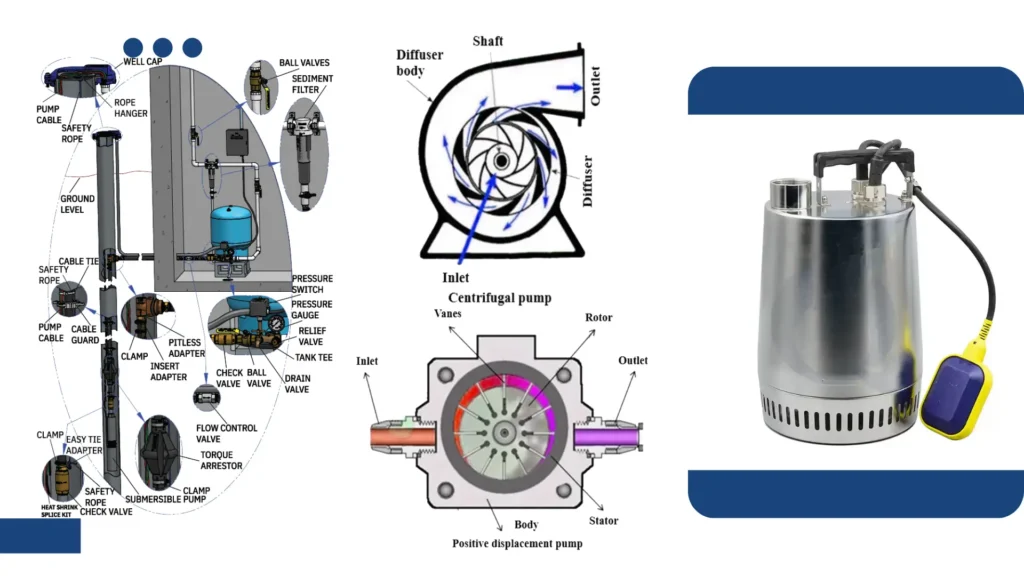
How Submersible Pumps Work
Principle of Operation
A submersible pump operates upon this basis-hence converts electrical power to a mechanical effort that will lift water.
On activation, the impeller directly connected to the electric motor begins to rotate at high speed.
This rotation exerts a centrifugal force that leads to water movement through the pump.
Hence, it leads to a continuous pumping of water directed upwards, making it suited for applications where a regular supply of water is required.
Moreover, such designs have also reduced opportunities for air-lock, which occur in conventional pumps. Thus, they ensure a reliable operation during emergencies.
Components of a Submersible Pump
A submersible pump incorporates several critical components, such as the motor, impeller, and casing.
The motor is usually hermetically sealed to keep the water out and protected from the electrical parts.
The impeller is uniquely designed to create enough pressure and quick-moving water.
The casing is meant for holding these components & level of life; in addition, it protects them from external elements.
These elements form a great foundation for engineering that will make this pump mechanics quite convincing when one appreciates the place of such pumps in fire protection systems.
Installation Considerations
Proper installation of submersible pumps is vital to achieving their specified performance.
The depth of the water source, quality of the water, and required pump capacity are among the factors to consider.
Furthermore, it should be checked that the electrical supply going to the pump is as per the manufacturer’s recommendation.
This includes getting an experienced installer to make the setup very maximized and efficient while at the same time extending the lifetime of the pump by ensuring proper setup.
Advantages of Submersible Pumps
High Efficiency
Outstanding efficiency is among the many advantages provided by submersible pumps.
It moves large volumes of water in a very short time at great efficiency; all the more so, when even a second counts in fire emergencies.
Their submerged design results in less energy consumption, lower wear and tear, and thus lower operational costs.
Indeed, submersible pumps are the most economically rational option for fire protection systems, particularly in terms of their long-term reliability.
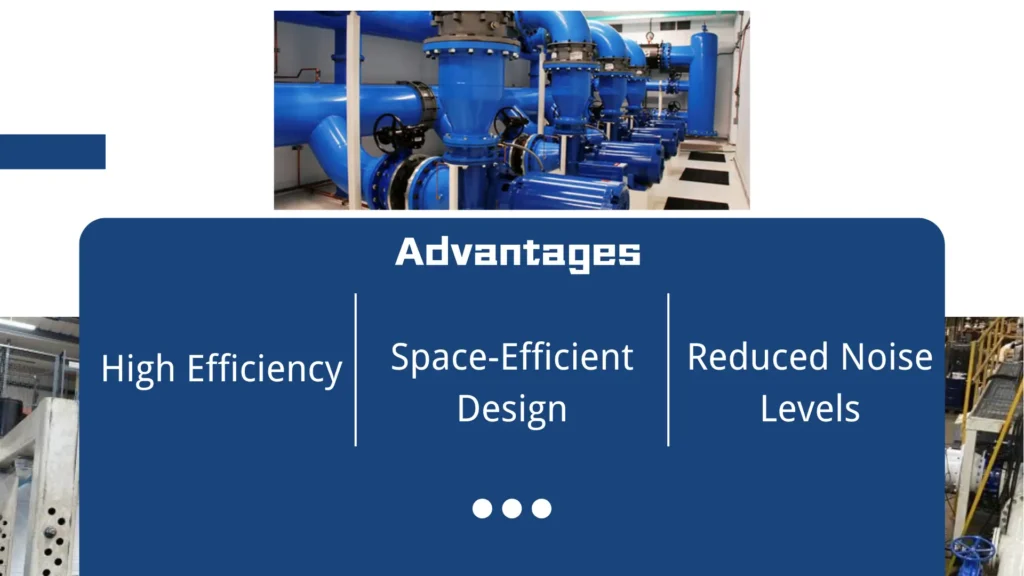
Space-Efficient Design
Submersible pumps are very compact, which means they can be installed in areas that would not accommodate traditional pumps.
This becomes critically important in urban settings where real estate is often at a premium.
Their ability to be lowered into storage tanks means that surface-level infrastructure is not required, making them particularly advantageous with proven optimized space for fire protection systems.
Reduced Noise Levels
A submersible pump’s other advantage is the absence of noise during operation.
Since it works underwater, the noise it produces becomes significantly less than the surface pumps, which can cause noise and annoyance from someone around.
This is very important in residential places, where even what can be considered normal noise can become quite a nuisance in commercial spaces.
Homeowners can use submersible fire protection systems and remain relatively quiet.
Applications in Fire Protection
Residential Fire Protection
Fire protection systems that depend on underground water sources usually use submersible pumps in residential applications.
These pumps are much needed and employed in sprinkler places and fire hoses for a continued supply of water.
These pumps protect the house and lives from fire and complete the necessary provision for people in the area where municipal service water is not sufficient.
Commercial and Industrial Applications
Submersible pumps also play an equally significant role in fire safety in commercial and industrial applications.
When they are installed into a fire suppression system, their work is to supply water to fire locations where it might otherwise not be achievable.
This is especially important in manufacturing plants, warehouses, and other large facilities, where the latent risk associated with fire increases with the number of machines and materials in manufacture.
Efficient and dependable operation will go a long way toward ensuring that businesses have adequate fire protection measures built into their infrastructure and consequently can mitigate risk as well as save their assets.
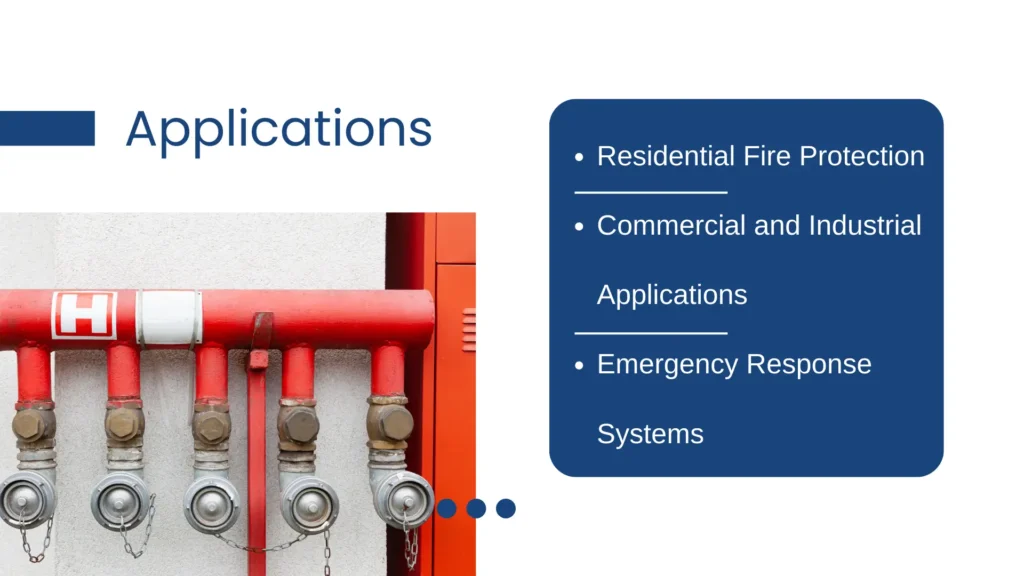
Emergency Response Systems
Submersible pumps are also an essential element of emergency response systems under conditions of flooding.
It will pump out bad water in flood-affected areas very easily and thus help access some given area and provide the best time to put the fire measures to work.
This helps to access water quickly for firefighting and saves lives by bettering conditions in emergency situations.
And More:
- Submersible Pumps in Urban Firefighting Strategies
- The Role of Submersible Pumps in Fire Protection Systems
- Submersible Pumps: Critical Components in Fire Suppression
Maintenance and Care
Schedule of Inspections
Inspections at regular intervals ensure that submersible pumps operate productively and serve their intended lifespan.
During the inspection, signs of wear and corrosion will be deciphered; blockages will also be checked, as these can reduce the efficiency with which the pump operates.
Besides, bringing anything to notice at an early stage will eventually help save on very high repair costs, as it will always be prepared for emergency usage.
A well-planned schedule of routine inspections can keep fire protection equipment in good conditions.
Cleaning and Maintenance
The purity surrounding the submersible pumps is one of the crucial things to be taken care of because effective operation requires it.
As sediments collect and settle at the intake, they cause blockage and subsequent water reduction, with receiving reduced efficiency.
Continuous cleaning exercises, alongside the area surrounding the pump, help alleviate most of these issues.
The most important periodic maintenance activities include checking electrical connections and lubricating moving parts to improve pump performance and durability.
Professional Servicing
Professional servicing should always be the option preferred in case of submersible pumps, with routine maintenance or troubleshooting of problems.
The expert technicians usually know what can be symptoms of a problem, thereby helping in fact-finding and repair work.
Professional servicing could ensure safety and correctness in the operation of the pump, and induce peace of mind that the fire protection system would function just when required.
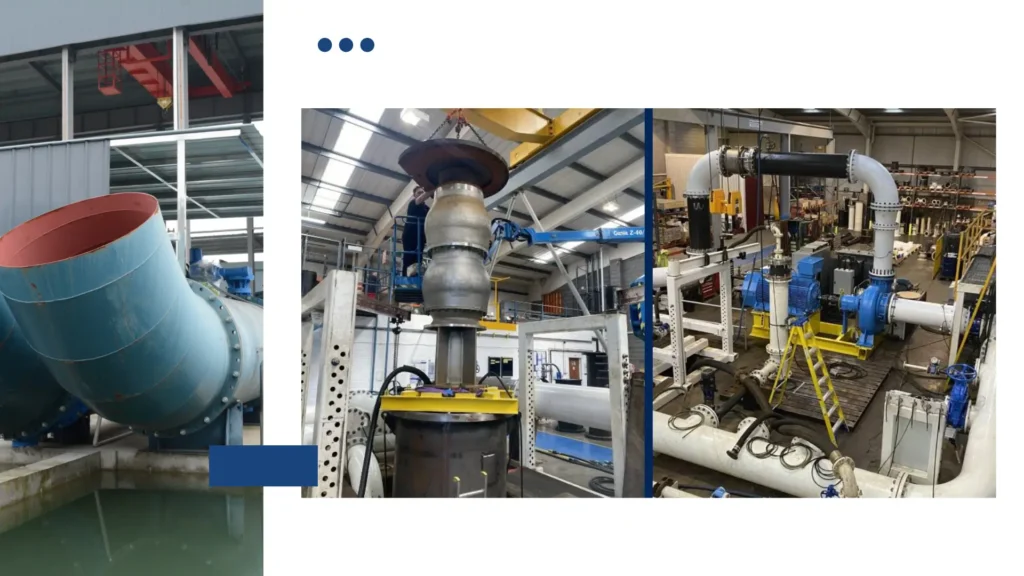
Choosing the Right Submersible Pump
Identification of Needs
Another consideration in determining the availability of the submersible fire pump is the assessment of requirements per circumstance.
Such required criteria include water source, flow rate, and pump submergence necessary for installation.
When the conditions are well understood, selections are made for the pump based on its capacity to supply adequate water in crisis situations for fire protection systems to adequately work and put into use.
Determining Quality and Reliability
High-quality submersible pumps must be made when guaranteeing their reliability during emergencies.
Generally, choose well-known pump manufacturers that give warranties and have a reputation in the industry.
This is because quality pumps are expected to withstand the extremes of fire protection applications, leaving you comforted that your system will work when required most.
Consult with Professionals
Consulting fire protection professionals is also useful in getting advice on the right type of submersible pump for any specific application.
They can guide you through the selection procedure in terms of criteria such as local regulations, water availability, and environmental conditions.
Their expertise will help to ensure that you acquire what best suits your requirements while improving the overall effectiveness of your fire protection system.
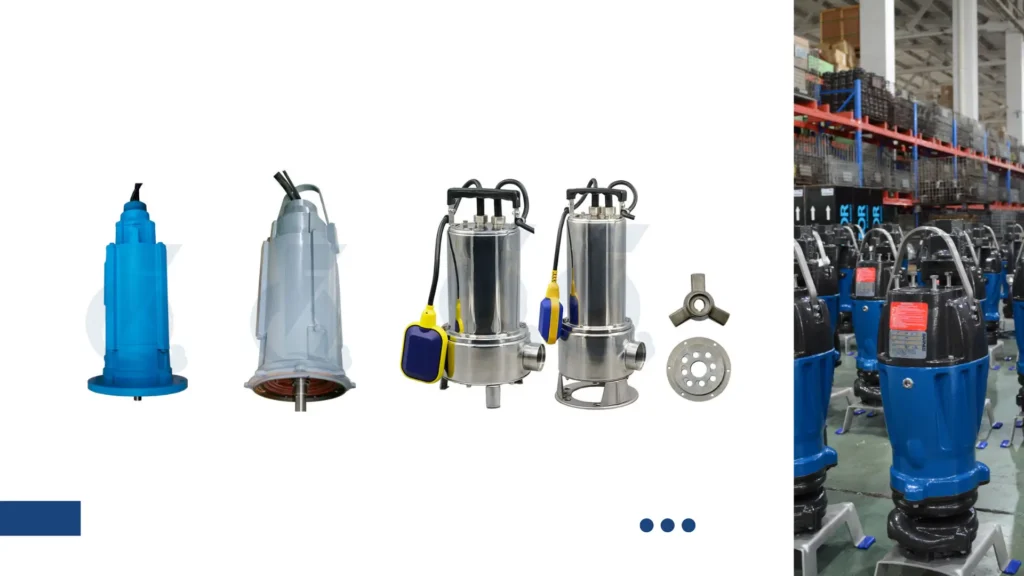
Conclusion
Elaborate submersible pumps constitute fire protection engineering, providing reliable and efficient water supply during fire emergencies.
The same make them unique operational capabilities and proven worth, from residential to industrial applications.
A completely reliable and effective fire protection system is ensured through investing in good quality submersible pumps.
One sets out to realize the importance of such emergency preparedness. Thus, safety and protection are a priority for the property and loved ones.
Whether you are a homeowner, a businessman, or an architect in fire-protection planning, knowing submersible pumps is essential.
There can be no two opinions as concerning safeguarding lives and property; all this comes using these pumps as a modern component of fire protection engineering for use in emergencies.
Choosing the right pump and maintaining it properly, you can be sure that the fire protection systems will work well when needed.

